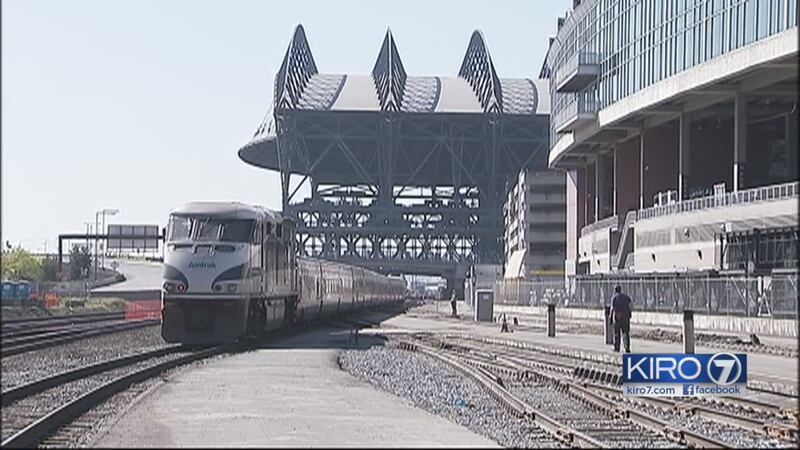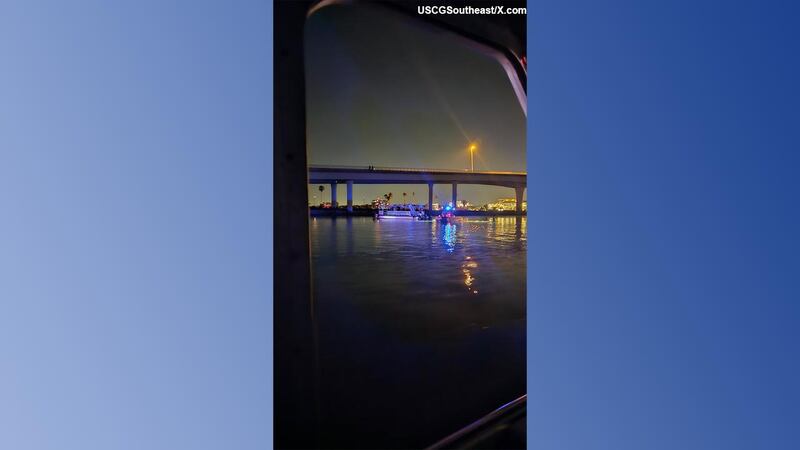Trains are a comfortable way to travel. No traffic, no TSA.
"It's so damn convenient compared with driving and arguing with big trucks on the freeway," said Sam Saunders as he prepared to board a train from Seattle to Portland.
But ridership on Amtrak Cascades, which runs between Vancouver, British Columbia, and Eugene, Oregon, is dropping.
In 2011, ridership reached 848,000. It has declined every year since, to 744,000 in 2015.
Ron Pate is the rail director for the state, which along with Oregon, pays for Amtrak Cascades.
"We're certainly concerned. We think most of that is due to our construction program," Pate told KIRO 7.
Track construction has forced schedule changes that add up to 20 minutes a trip. Lower gas prices make driving cheaper.
And there's competition from the Bolt Bus, which can be both cheaper and faster, if less comfortable.
"I enjoy taking the train more but I think this is cheaper and more on time," said Jessan Hutchison-Quillian as he boarded a bus for Vancouver, B.C.
State officials expect train ridership to start rebounding next year when $800 million in federally-funded upgrades are finished.
When it's done, the work now delaying trains will speed them up, like new tracks in Lakewood that will eliminate a 10-minute scenic detour near Point Defiance.
In 2017, Amtrak Cascades will add two daily round-trips to Portland and begin a new contract with the Burlington Northern Santa Fe railroad guaranteeing 88 percent of trains will arrive on time.
Pate predicts ridership will do more than rebound once service is more frequent and reliable.
He thinks Amtrak Cascades will hit a million annual riders within three to five years.
Cox Media Group







